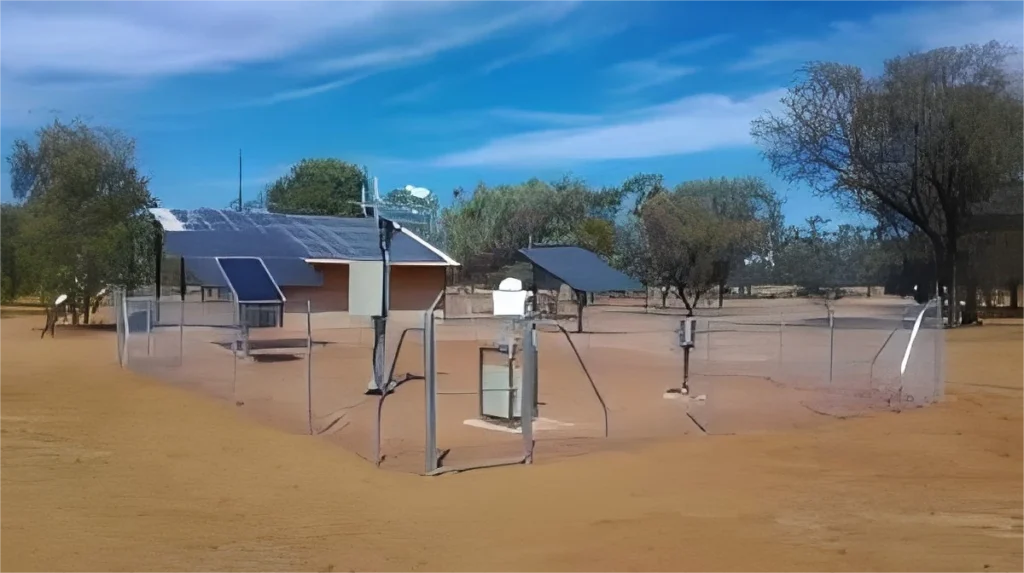
本身。
html
The Drawbacks of Automated Weather Stations
Automated weather stations (AWS) have revolutionized meteorology by providing real-time data with minimal human intervention. However, despite their advantages, these systems come with several disadvantages that can affect their reliability and usability.
1. Limited Data Accuracy in Extreme Conditions
One of the major drawbacks of automated weather stations is their reduced accuracy during extreme weather conditions. Heavy rain, snow, or high winds can interfere with sensors, leading to incorrect readings. Unlike human observers, AWS cannot always detect anomalies or adjust for environmental factors that may skew measurements.
2. High Initial and Maintenance Costs
While AWS reduces labor costs over time, the initial investment can be substantial. High-quality sensors, communication systems, and installation expenses add up quickly. Additionally, maintenance costs can be significant, especially in remote locations where repairs or replacements may require specialized technicians.
3. Dependency on Power and Connectivity
Automated weather stations rely on continuous power and stable internet or satellite connections to transmit data. Power outages, network failures, or cyberattacks can disrupt operations, leading to gaps in weather data. Backup systems like solar panels or batteries may not always be sufficient in prolonged adverse conditions.
4. Lack of Human Judgment
Human meteorologists can interpret complex weather patterns and adjust for inconsistencies in data. AWS, on the other hand, operates purely on programmed algorithms, which may miss subtle changes or fail to account for local variations. This limitation can be critical in forecasting severe weather events.
5. Sensor Degradation Over Time
Weather sensors are exposed to harsh environmental conditions, which can lead to wear and tear. Without regular calibration and replacement, sensor accuracy declines, resulting in unreliable data. This issue is particularly problematic in long-term climate studies where consistency is essential.
6. Limited Coverage in Remote Areas
While AWS can be deployed in many locations, some remote or inaccessible areas still lack coverage due to logistical challenges. This limitation creates gaps in global weather monitoring, affecting the accuracy of regional and global forecasts.
Conclusion
Automated weather stations offer many benefits, but their drawbacks—such as accuracy issues, high costs, and dependency on technology—highlight the need for a balanced approach. Combining AWS with traditional observation methods may provide the most reliable weather data for both short-term forecasts and long-term climate research.